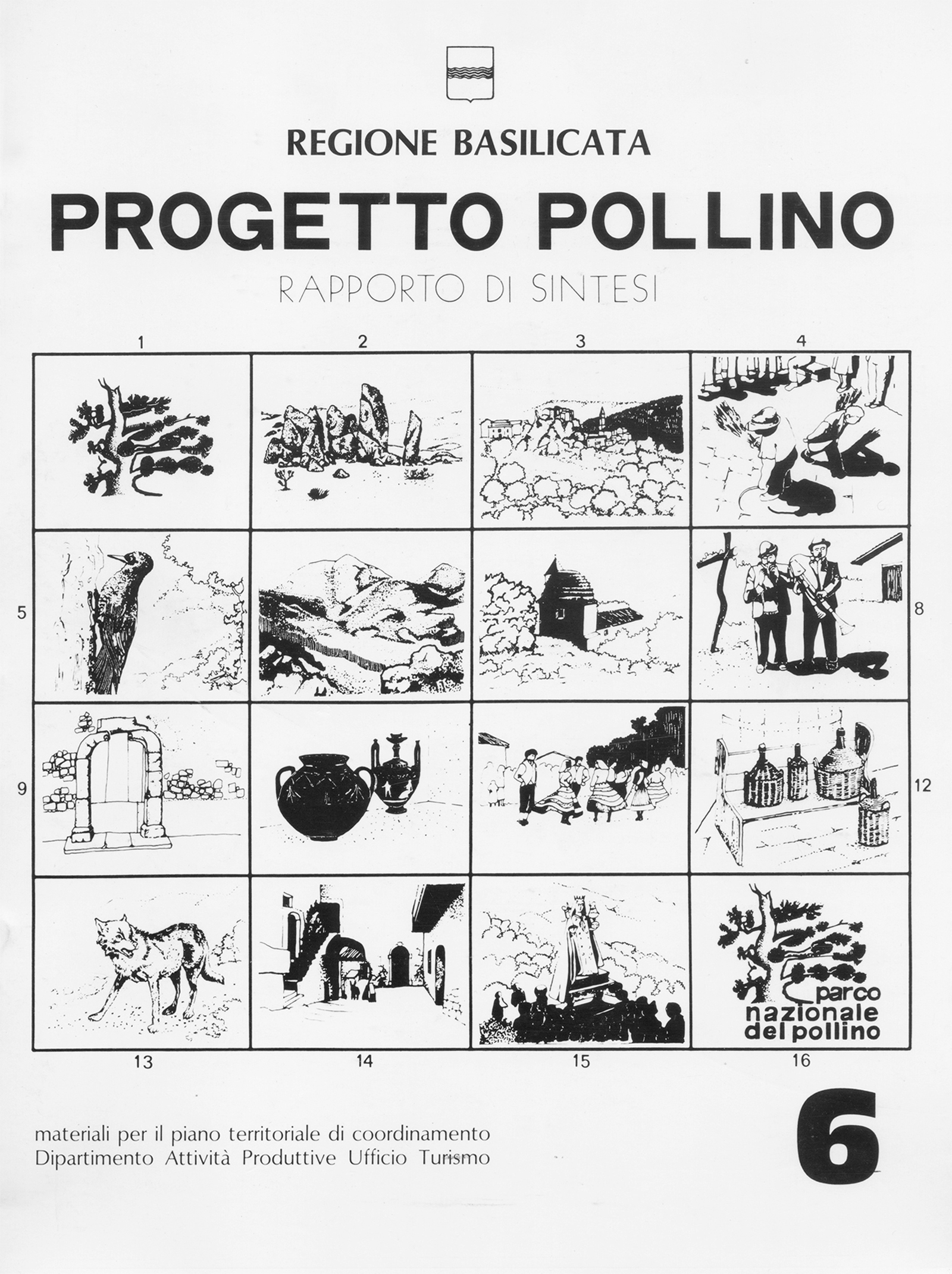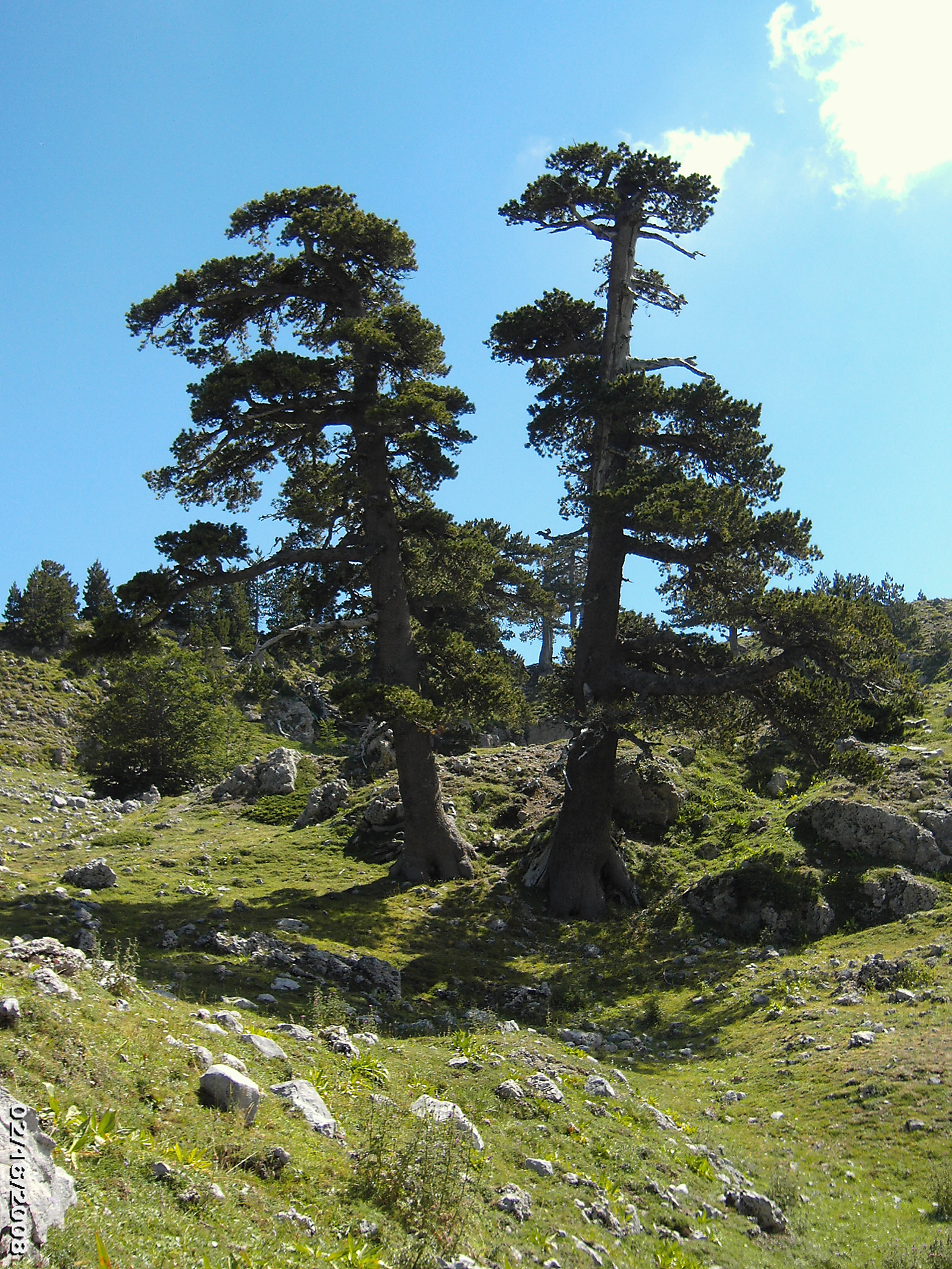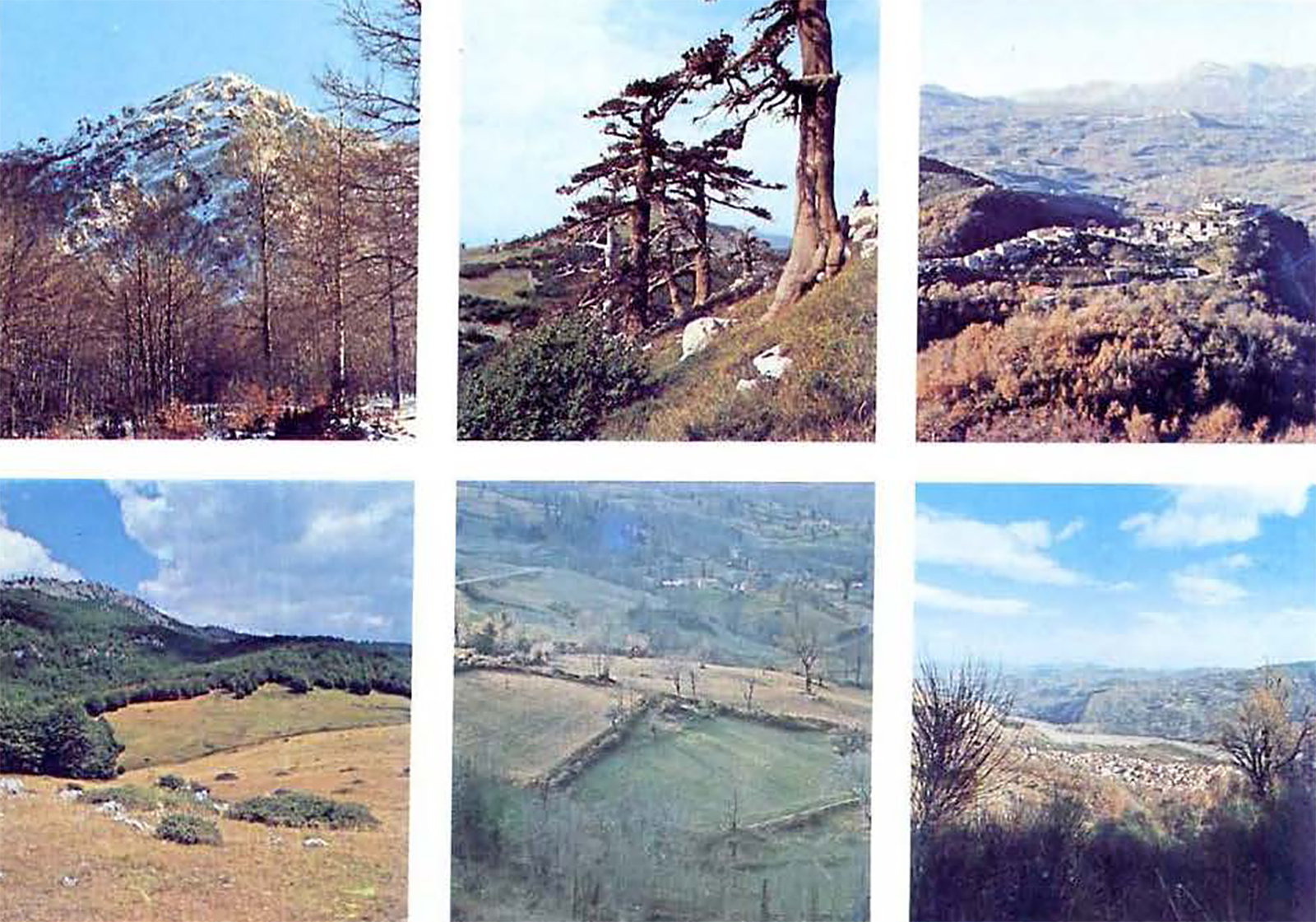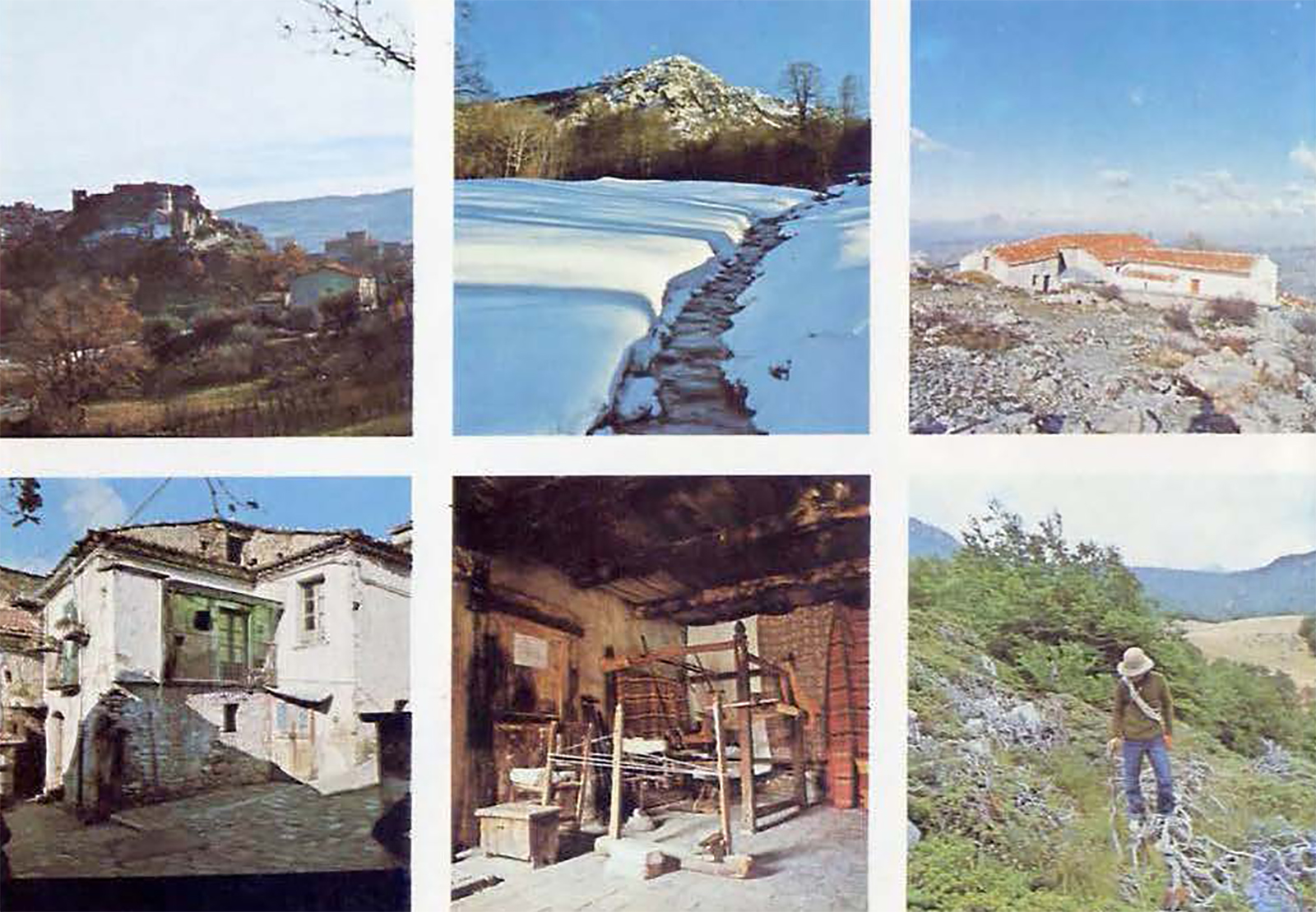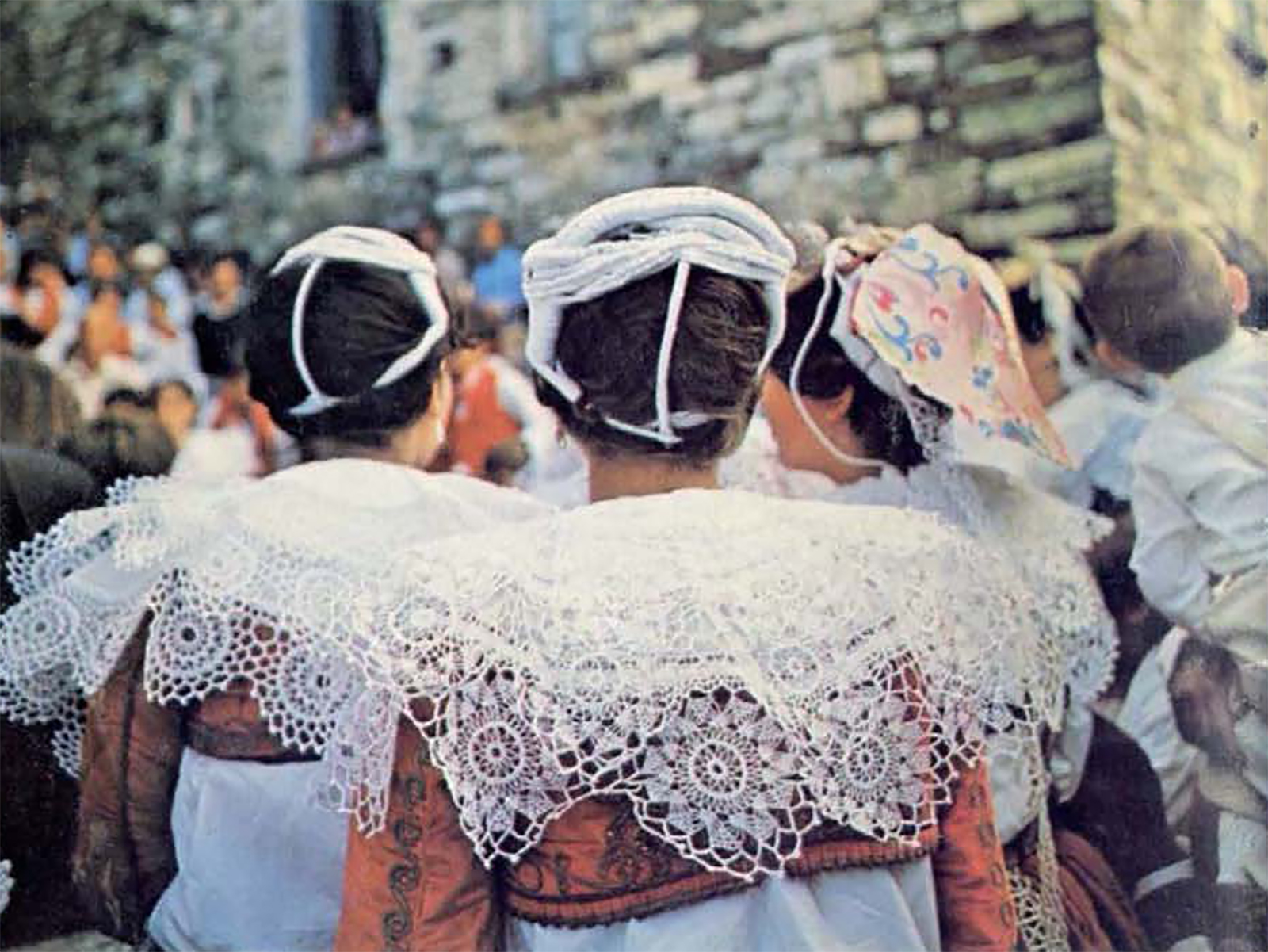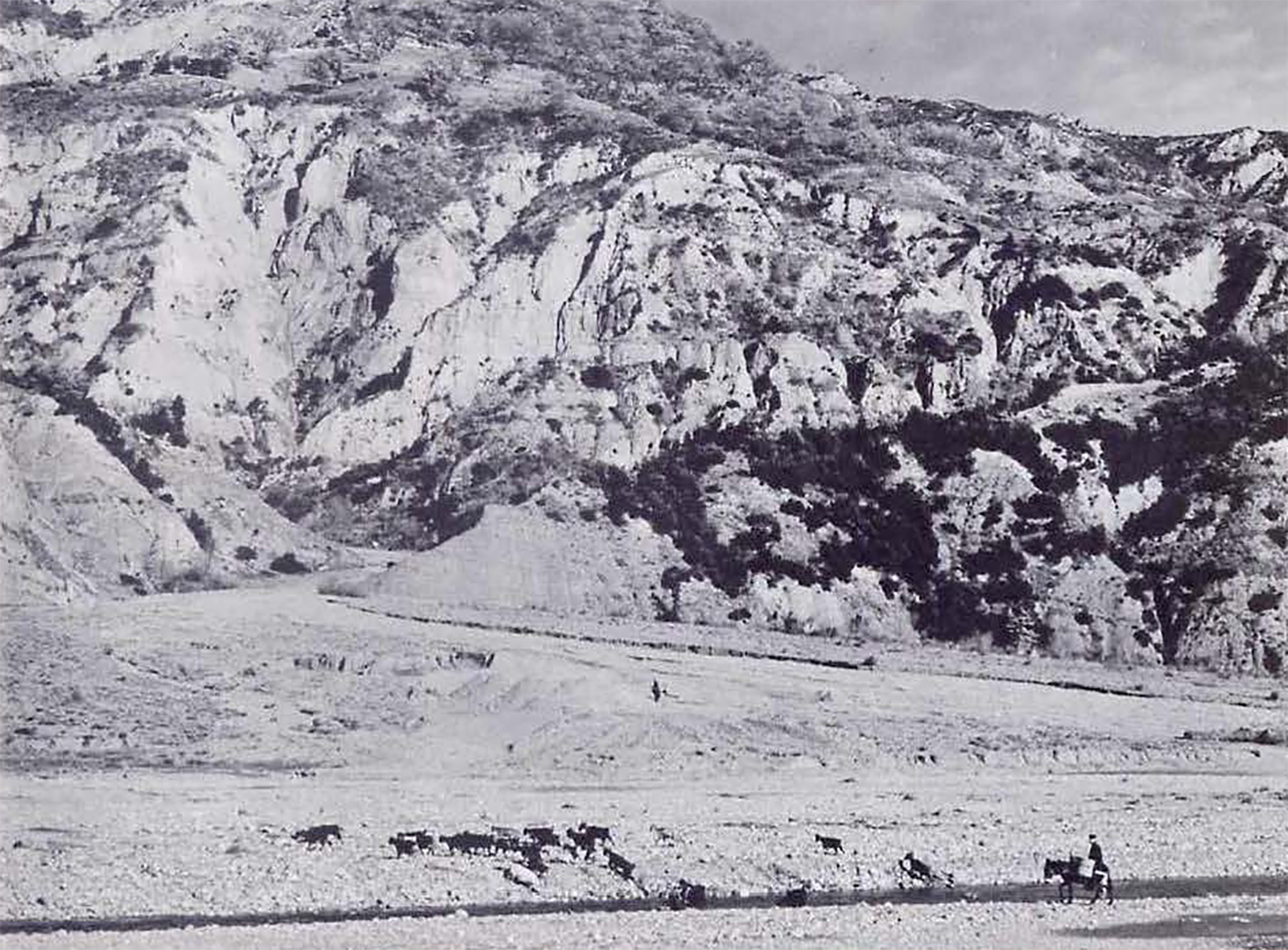Landscape Planning
1982 Pollino Natural Park
The “Pollino Project” was proposed by the Basilicata Region in 1977 to improve the social and economical conditions of the Pollino’s populations, by announcing a national competition for the creation of a natural park. An interdisciplinary group, uder direction of professor Guido Ferrara, won the competition and published in November 1979 the Report nr.1: “Pollino, a natural park that concerns you”, which was followed by the park plan and implementation projects.
Today the park area also extends into the bordering land in Calabria region and the Pollino National Park, the largest in Italy, covers an area of about 192.00 hectares, of which about 88.00 on the Lucanian side and about 104.000 on the Calabrian side.
WHERE
Basilicata Region – Italy
WHEN
1977-1978. Pollino Natural Park National Competition – First place
1979-1981. Preliminary Plan – Approval by Basilicata Region, July 1981
1980-1982. Park Plan – Approval by the Mayors Board of the 13 Municipalities of the Park, March 1982
1982. Detailed Projects
WHO
Designers – Technical group/ Agnoloni, C. Baldassini, P.F. Galigani, Agriculture; G. Avena, F. Bruno, Botany; D. Baccani, Territorial Analyses; U. Bagnaresi, Forestry; P. Brunetti, Animal production; A. Cagnardi, Built heritage G. Campioni, Historical and cultural heritage; G. Di Giovine, V. Romani, Legislation; G. Ferrara, Landscape planning; G. Ferrari, U. Wolf, Land use; A. Formica, Local identities; V. Giacomini, Ecology; F. Lieberherr, Rural sociology; T. Romualdi, Farmhouse; G. Rota, Economy; H. Selem, Human settlements; A. Simonetta, P. Mannucci, Zoology; P. Spadea, Geology; G. Turco, Infrastructure; B. Guccione, L. Vallerini, Land Planning; G. Ferrara, Project Responsible and Coordination.
WHAT
Size/ Land Surface Area is about 77.000 hectares in 13 Municipalities.
It’s a vast area of the South of Italy located between two seas, the Ionian and the Tyrrhenian, characterized by very high environmental values (natural, agroforestry, architectural, old towns and local culture) and, in the 1980s, plagued by problems of social and economic underdevelopment, by phenomena of cultivated areas and hydro-geological degradation. In the 1980s the area had been subjected to various attempts of intensive tourist developments to use the abundantly snow-capped peaks during the winter.
The project found an alternative solution between the proposals for the development of a tourist-mountain center and those of total conservation without human intervention. The project focused not only on the conservation and enhancement of nature and landscape values, but also on the need to recover and relaunch another resource: the local people. And that not as a recovery of local identities for “folkloristic” purposes, but by giving to the Pollino’s inhabitants the central rule in the action of environmental and natural protection.
REFERENCES/LINK
Regione Basilicata, Progetto Pollino. Proposte per un parco naturale. Materiali per il piano territoriale di coordinamento, Dipartimento Attività Produttive Ufficio Turismo, s.l. 1987, 6 voll., pp. 655, ill. b.n. e col., cm 29
Guccione B. e Vallerini L., Pollino:un parco del Mezzogiorno, in “La Nuova Ecologia” n, 7 Ottobre 1981, Milano.
